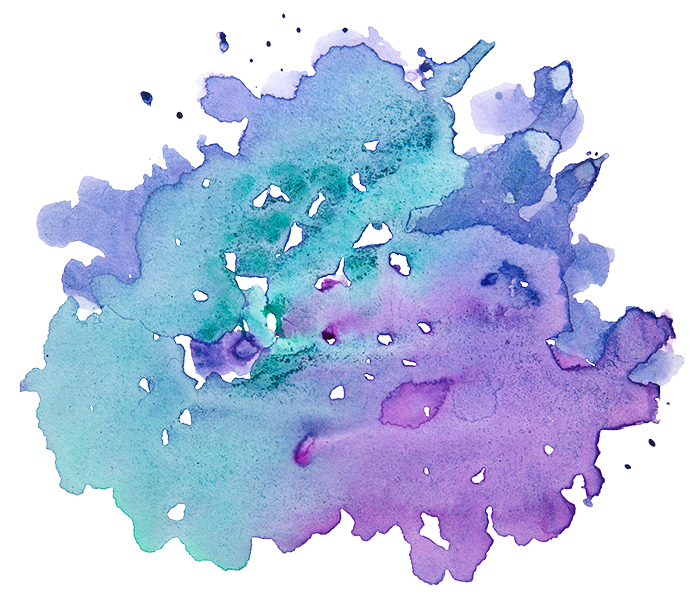by Aliza Kline, Mayyim Hayyim Founding Executive Director
In my few remaining weeks in Israel (just under four at my last count), I am busier than ever supporting burgeoning community mikvaot in Israel. Last week I spent a day at Mikveh Sh’maya, the “spiritual, educational and ritual” mikveh directed by Rabbi Dr. Haviva Ner David at Kibbutz Hannaton, in the lower Galilee.
Mayyim Hayyim is a model for what Haviva is creating at Kibbutz Hannaton; the two of us have been sharing ideas and working together for the past few years. I encouraged her to reach out to potential stakeholders to assemble the beginnings of a leadership team. She invited interested kibbutz members, artists, educators from the Hannaton Education Center and Or HaLev (light of the heart) meditation / spiritual center, area Reform and Masorti (Conservative) rabbis, and educators from Nigun Nashim, (the song of women), a pluralistic women’s beit midrash (learning center).
The reception area at the mikveh, where we met, was full of women and men representing a wide range of Israeli Jewish affiliation. When asked to share their motivation for coming to this meeting, each articulated the value of mikveh with personal or organizational stories. They agreed it is an untapped resource—despite the significant numbers who come to immerse or study here, at least 1,422 immersions in the past three years.
For this diverse group, meeting is a first and important step just by identifying others who share their interest in mikveh. The next step is to encourage them, and the constituency they represent, to feel a sense of ownership and obligation toward the mikveh. This means financial support for sure, but it also means collaborating on setting policy, on creating engaging curricula, on referring friends and colleagues to visi. It also means becoming a mikveh guide.
At Mayyim Hayyim we began by reaching out to distinct groups: clergy, clinicians, artists, educators and those who’d become Jewish through conversion. Each group helped create the role of mikveh guide, set the standards for our gallery, or crafted our immersion ceremonies.
I remain convinced, after Mayyim Hayyim’s eight years of operations, that the key to creating a true community mikveh is to reflect back the needs of each visitor rather than dictating what the immersion experience must be. The mikveh guides teach the rest of us how to hold sacred space, how to care for each visitor with sensitivity and warmth, sometimes by staying close to the immersee, sometimes by becoming invisible. At Mayyim Hayyim we have 135 volunteers who have been selected, trained and supported. They represent the full diversity of the Jewish people: gender, race, denomination, age, marital status and sexual identity and there is no doubt that Mayyim Hayyim is theirs.
Mikveh Sh’maya is unique in Israel; thanks to Haviva’s leadership it has become a place where visitors feel comfortable and safe. Being on a kibbutz in the North provides important distance from the Orthodox rabbinical monopoly (which extends to mikveh supervision and staff). On kibbutz, members are in fact owners of all of the buildings, whether religious or secular, and many are proud of their mikveh. The challenge is understanding the potential beyond the kibbutz.
If the stakeholders become partners, then more and more Reform and Masorti conversion candidates will immerse here, more and more couples will come before weddings or commitment ceremonies, more and more “ruchani” (or spiritual) Jews will seek it out to explore this ancient custom and make it their own, more and more observant women will prefer immersing monthly here, more and more artists will find inspiration and God willing, more and more will seek to volunteer as Mikveh Guides.
The group assembled last week was struggling with the structure of Mikveh Sh’maya. Can it accomplish its goals while remaining a part of the kibbutz? Must it become an independent organization to reach its potential? How would it do that and still honor the kibbutz members who’ve been supporting it? Could they become self-sustaining?
While figuring out these critical questions – I encourage my friends at Mikveh Sh’maya (and any burgeoning mikveh) to transform interested clergy, educators and like-minded organizations to become real partners. The more you ask, the more people do; the more you empower, the more people give. The more they give, the more they get – educationally, personally, institutionally and spiritually.
Aliza Kline, Founding Executive Director, has led Mayyim Hayyim from its initial stages, overseeing fund raising, publicity, design, construction, staffing, recruiting volunteers, and board development. In May, 2009, Aliza was awarded an AVI CHAI Fellowship (best described as the “Jewish MacArthur Genius Grant”) in recognition of her accomplishments, creativity and commitment to the Jewish people.

